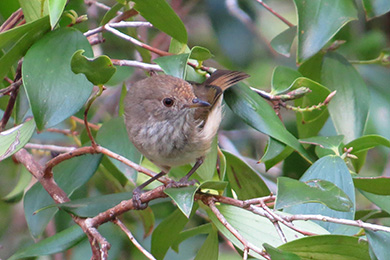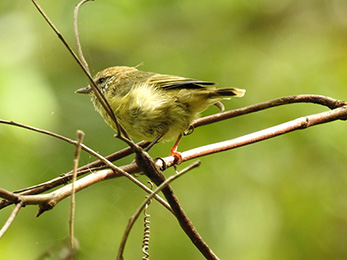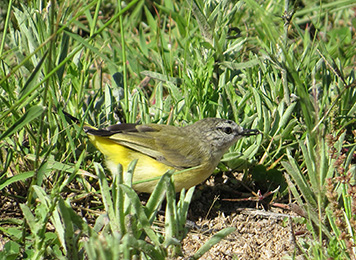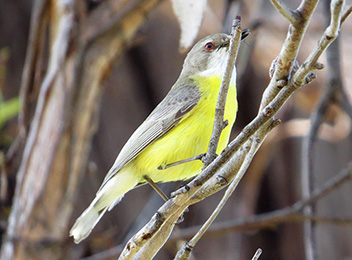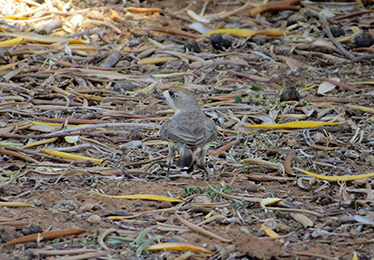THORNBILLS
Family: Acanthizidae
Australian thornbills, belonging to the family Acanthizidae, are a group of small passerine birds that are native to Australia, New Guinea, and nearby islands. They are known for their diminutive size, subtle colors, and distinct thorn-like appearance of their bills.
Australian thornbills inhabit a variety of environments, including forests, woodlands, heathlands, and scrublands. They are highly adaptable and can be found in both wet and dry regions of Australia.
Thornbills are primarily insectivorous, feeding on insects, spiders, and other small invertebrates. They have sharp bills that help them catch and consume their prey.
These birds are known for their gregarious nature and often forage in small, active flocks. They are usually seen in family groups, and their constant chattering and vocalizations are a common feature of their group dynamics.
Thornbills are known for their intricate and compact nests. They construct dome-shaped nests made of grass, spiderwebs, and other plant material, often concealed in low shrubs or vegetation. These nests are well-hidden and challenging to spot.
The breeding season for thornbills varies depending on the species and location. They lay clutches of small eggs, and both parents share incubation and feeding duties. This cooperative breeding behavior is a notable aspect of their reproductive strategy.
Thornbills often have cryptic plumage, which helps them blend into their surroundings and avoid predation. Their dull brown, grey, or greenish colors make them well-camouflaged in the understory.
While thornbills are not renowned for melodious songs, they are quite vocal. Their calls are often sharp and piercing, and they use these vocalizations to communicate within their flocks and territories.
Some species of thornbills exhibit seasonal migratory behavior, moving to different areas in search of food and nesting sites. This adaptation allows them to take advantage of changing environmental conditions.
Like many Australian native species, they can be impacted by habitat destruction and introduced predators, such as feral-cats and foxes.
These small, unassuming birds are an important part of Australia’s avian biodiversity, contributing to the rich tapestry of life in its diverse ecosystems. Their ability to adapt to various habitats and their social behaviors make them intriguing subjects for ornithologists and birdwatchers in Australia and beyond.

